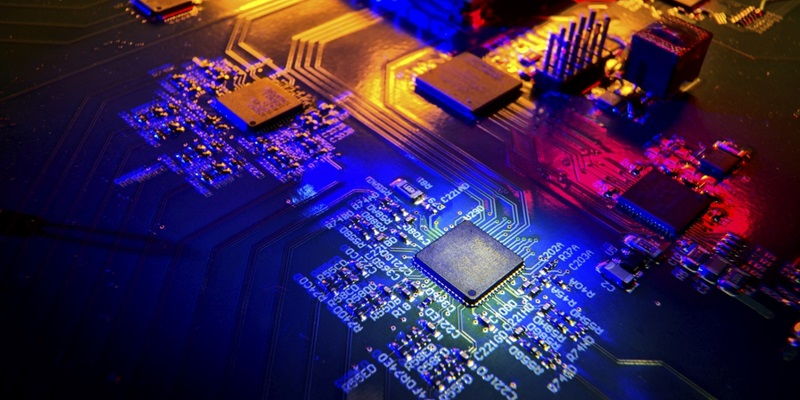In the fast-paced world of technology, advancements in processor innovation and performance continue to push the boundaries of what is possible. One ground-breaking release is Intel’s latest flagship processor, the Core i9-14900K. With promising technical specifications and unparalleled raw power, it certainly commands attention. However, the AMD Ryzen 7 7800X3D has also made waves, offering competitive performance at a more affordable price point. In this article, we will delve into a comprehensive comparison of the Intel Core i9-14900K and the AMD Ryzen 7 7800X3D, exploring their performance, pricing, and overall value for money.
Review of the Intel Core i9-14900K
When it comes to pure technical prowess, the Intel Core i9-14900K stands tall among the market’s flagship processors. Its raw performance capabilities are truly impressive, as acknowledged in numerous reviews. In fact, some even consider it the best processor on the consumer market in terms of sheer performance alone.
Despite its undeniable power, the Core i9-14900K falls short in terms of innovation. Reviewers note that it offers few new or groundbreaking features compared to its predecessor, the 13900K. Some tech enthusiasts were hoping for more substantial advancements, which makes this processor more of an iterative upgrade.
One area where the Intel Core i9-14900K falls short is its price tag. As the peak of Intel’s chipsets, it is priced at $589 / £448 / AU$854, making it quite expensive compared to the competition. This premium pricing may limit its accessibility for budget-conscious consumers.
Review of the AMD Ryzen 7 7800X3D
In contrast to Intel’s offerings, the AMD Ryzen 7 7800X3D proves to be a strong contender. Reviews indicate that it is capable of holding its own against Intel’s best processors while offering an attractive price point. This processor’s performance is undoubtedly commendable, especially considering its mid-range positioning within the Zen 4 lineup.
One of the AMD Ryzen 7 3800X’s greatest strengths lies in its affordability. Priced at $449 / £341 / AU$651, it presents an enticing option for consumers seeking high-quality performance without breaking the bank. With its impressive features, such as an 8-core (16 threads) design and ample L3 cache, it delivers excellent value for money.
Pricing Comparison
The Intel Core i9-14900K commands a premium price in the market, with a retail price of $589 / £448 / AU$854. This high cost may make it less accessible for the average consumer, potentially limiting its appeal.
In contrast, the AMD Ryzen 7 7800X3D boasts a more competitive price point at $449 / £341 / AU$651. This places it comfortably in the upper mid-range segment of the current Zen 4 lineup, making it an attractive option for budget-conscious consumers.
Value for Money
When considering the value for money offered by both processors, the AMD Ryzen 7 7800X3D emerges as a promising choice. Its lower price and impressive features make it an excellent investment for those seeking optimal performance on a budget. The 7800X3D’s 8-core (16 threads) design and substantial L3 cache provide a compelling combination at a price that is significantly below the $450 / £350 / AU$700 threshold.
Based on a thorough assessment of performance, pricing, and value for money, the AMD Ryzen 7 7800X3D emerges as the winner in this comparison. While the Intel Core i9-14900K undeniably packs significant power, it offers little innovation over its predecessor, and its higher price tag diminishes its appeal to budget-conscious users. The Ryzen 7 7800X3D, on the other hand, delivers competitive performance, affordability, and outstanding value.
In the ever-evolving landscape of processors, the Intel Core i9-14900K and AMD Ryzen 7 7800X3D stand out as formidable contenders. While the Core i9-14900K impresses with its raw technical capabilities, it falls short in terms of innovation and affordability compared to the AMD Ryzen 7 7800X3D. With its solid performance, attractive pricing, and remarkable value for money, the Ryzen 7 7800X3D proves to be the preferred choice for budget-conscious consumers. As technology continues to advance, it is essential to evaluate not only the raw power of a processor but also its overall value and suitability for individual needs.

